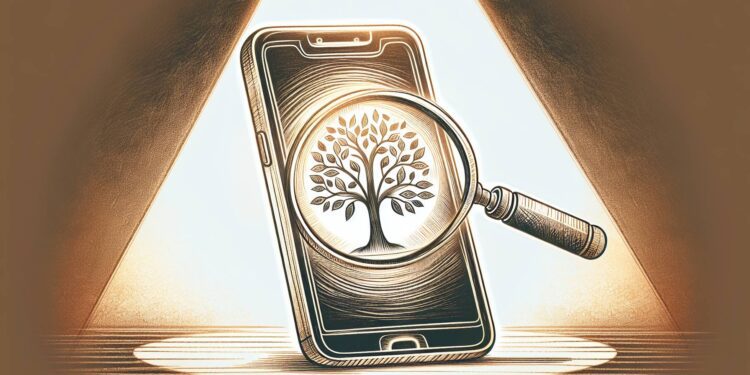Mobile technology has become an essential tool for individuals seeking information about their family history. Equipped with various apps and software, smartphones and tablets make it easier to collect, store, and analyze genealogical data.
Users can download historical records, create detailed family trees, and connect with fellow researchers effortlessly. Many of these tools also allow for easy sharing of findings with family members and other enthusiasts.
One helpful tool is Google’s PhotoScan, which enables users to improve the quality of images by combining multiple pictures to eliminate glare. This is especially useful for working with aged artifacts like faded prints.
However, the research process isn’t limited to online resources. Physical locations such as libraries, archives, and graveyards offer a wealth of information that can’t be accessed digitally. It’s important not to overlook these valuable resources while conducting your research.
Enhancing genealogical research through mobile technology
Even during in-person research, mobile devices can be useful. Tools like Google Lens and Apple’s Translate feature help decipher text from documents or grave markers. Apps like Adobe Scan and Microsoft Office Lens utilize OCR technology to convert text images into editable data.
Augmented reality applications like Google’s ARCore and Apple’s ARKit add another dimension to the research process by overlaying historical information onto the physical environment, creating an immersive learning experience.
Mobile technology has transformed genealogical research, making it more accessible and less intimidating. With advancements in tech, uncovering your family history is now a rewarding and enlightening journey.


